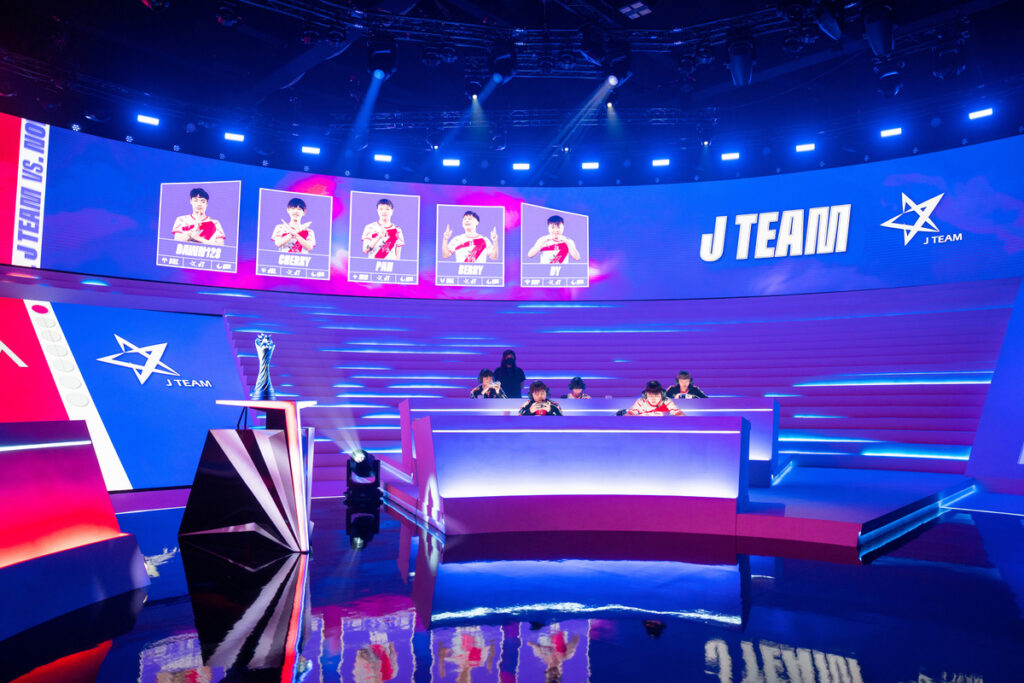Riot Games has decided to end its support for the Wild Rift League (WRL) in the Asia Pacific (APAC) region, marking a significant shift in mobile esports strategy. This decision follows earlier announcements indicating a reduction in direct involvement in Wild Rift’s esports endeavors, now focusing predominantly on China, while other regions foster third-party and community-led competitions.
Launched globally in early 2021, Wild Rift was Riot Games’ attempt to carve a niche in the mobile gaming market, directly competing against established titles like Arena of Valor and Mobile Legends: Bang Bang (MLBB). Initially, Riot aimed to establish Wild Rift as “the first truly global mobile esport,” with a commitment to developing a sustainable competitive scene. However, recent developments suggest a stark pivot in this vision.

As of today, Riot Games has confirmed that the Wild Rift League will no longer feature teams from the APAC region. This withdrawal aligns with the company’s strategy to “pivot to a model that relies on grassroots and community-led competitions,” which Riot claims will be the most sustainable path forward for the game in the APAC region. This announcement continues the sentiments expressed by John Needham, president of esports at Riot Games, who in November 2022 declared a global scale-back in Riot’s direct support for Wild Rift esports, excluding Asia.

The decision has raised concerns about the future of the esports ecosystem for Wild Rift, particularly at a time when competitors like MLBB and Honor of Kings are ramping up investments in their esports infrastructures. The recent performance of the WRL in APAC, failing to attract significant viewership, with peaks not surpassing 10,000 outside China, likely influenced Riot’s decision. Despite these figures, the transition to a community-driven model poses questions about the potential growth and professional development within the region’s Wild Rift esports scene.

Nonetheless, Riot Games continues to update and develop Wild Rift as a game, ensuring that it remains competitive and engaging for its player base. The challenge remains in maintaining a vibrant competitive scene without the backing of official support, which could hinder the game’s growth and the fostering of new talent.



